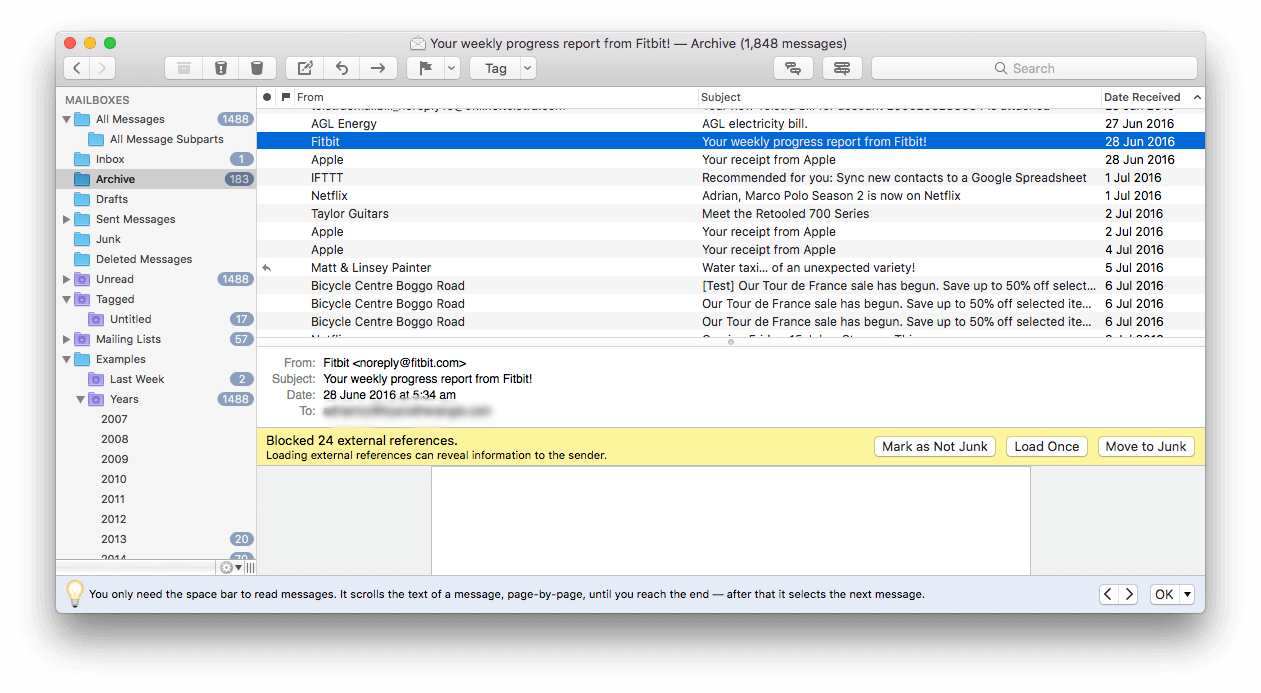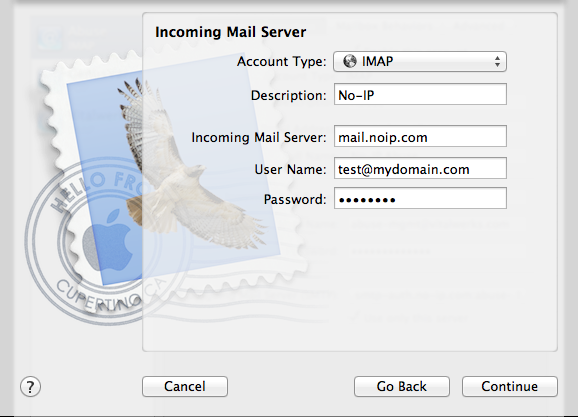

For something a little more powerful, PicPick is a more robust screenshot tool that replicates more features of macOS’ screenshot utility, like capturing application windows. You can transfer that to “Control + Shift + 3 or 4” to replicate the macOS hotkey if you want. It automatically binds to the “Print Screen” key. Lightshot is a lightweight screenshot application that provides a transparent experience in the manner of macOS’s native screenshot system. The built-in screenshot tool on Windows 10, Snipping Tool, is just okay. Just paste this into a text file, save it with the extension “.ahk” and set it to run on startup. You can use the script below to swap the keys around. You can even physically swap the key caps on a lot of keyboards if you want. This means that many of your muscle-memorized keyboard commands will still work properly. This works great since many of the Windows keyboard commands that use Control are the same as the macOS commands that use Command. We can use AutoHotkey, known as AHK by its fans, to swap around our modifier keys. I’m forever pressing “Alt + T” to open a new tab instead of “Control + T” since that’s what my muscle memory knows.

#Best pop email app for mac os windows 10#
One of the hardest parts of shifting between macOS and Windows 10 for me is remembering all the keyboard hotkeys are different.
:max_bytes(150000):strip_icc()/002-best-iphone-email-apps-41351461-e60e6c18c38647f7b4d07c9a43127056.jpg)
It even works better than Quick Look in some cases, with built-in compatibility for more files and support for newer formats like webm and gifv. With the application installed, just select a file in Explorer and press the Space bar to get a quick preview. Seer brings that same functionality to Windows 10. Quick Look allows you to quickly preview the contents of a file by selecting it in Finder and pressing the Space bar. Seer is an awesome replacement for macOS’ native Quick Look functionality.


 0 kommentar(er)
0 kommentar(er)
